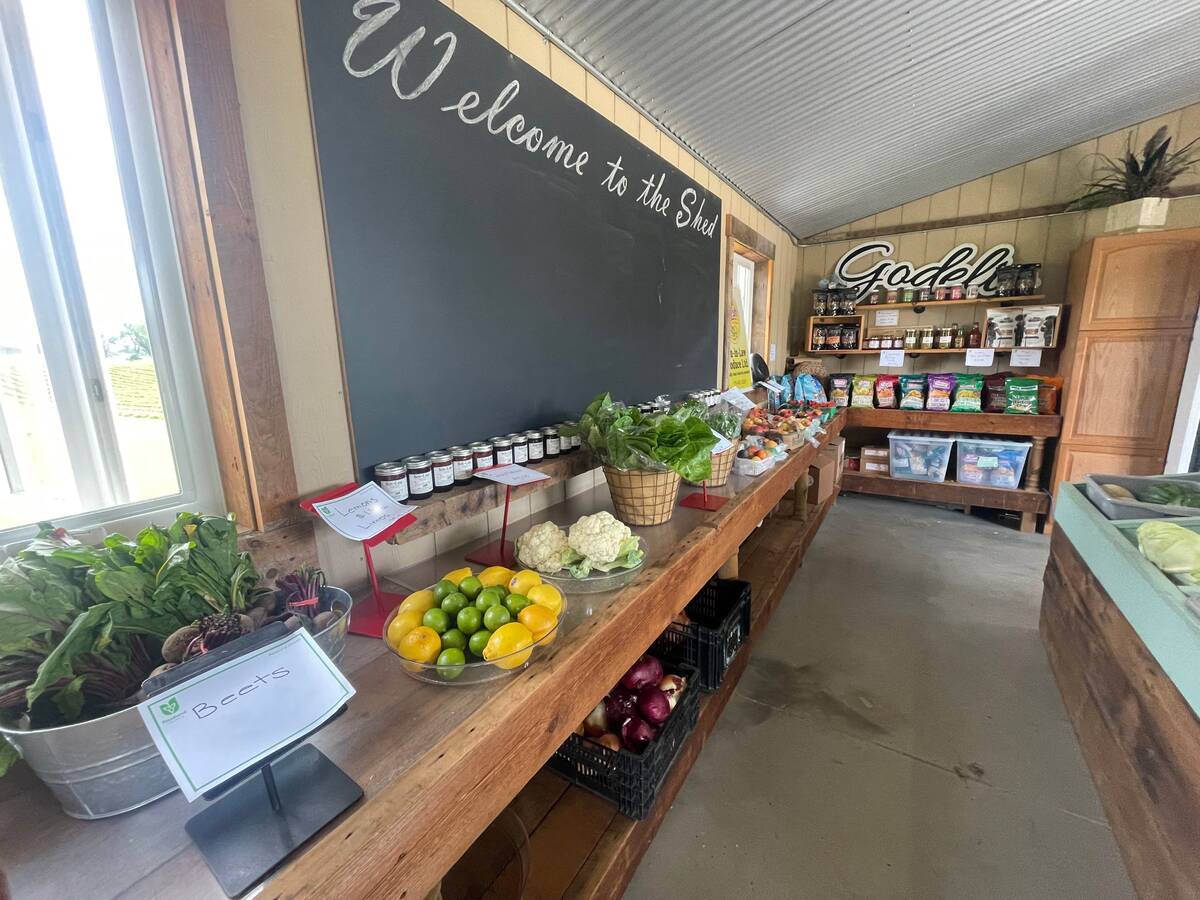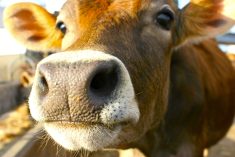Humans can be incredibly innovative, but it often takes a crisis to make that happen.
There are technologies or simply process changes that people know about but haven’t had the impetus to implement, whether because of human or technological barriers.
A good example is the mRNA vaccines which quickly have become the leading candidates for a COVID-19 vaccine. We are witnessing a revolution in vaccination technology that was previously known but no crisis had pushed it to the forefront.
Read Also

Ontario farms are a small business backbone but red tape delays and obstacles hinder growth
Farms are part of Ontario’s small business backbone, whether Ontario-grown livestock, grains or horticulture foods and farm products are bought on-farm, at a local market, or at the local store.
Pfizer and Moderna have both announced that their mRNA vaccines appear to be more than 90 per cent effective.
There are challenges: mRNA vaccines have to be kept at extremely cold temperatures, Pfizer’s at -80 C. Moderna had said its vaccine would have to stay at -20 C, but it now says it is confident it can be stored at closer to normal vaccine temperatures.
The need for cold storage will make storage and transportation more challenging than, say, the influenza vaccine, which rolls out quickly and efficiently (although with some issues due to changes in demand this year). There are concerns about how quickly a vaccine with very cold storage needs can be moved out to rural and remote areas.
The mRNA vaccines are so far very expensive to make. That will change as vast amounts are manufactured, but COVID-19 vaccination is going to be an expensive, but necessary shock to the medical system.
There’s also the fact that these are early stage trials, without strong peer review and there’s much more work before we line up to roll up our sleeves for an inoculation.
What makes mRNA different? The idea has been around for about a decade.
With regular vaccines, your immune system has to be exposed to the virus
A messenger RNA (mRNA) vaccine sends a message to your immune cell’s ribosomes and tells them to create a needed protein, which is then recognized by the immune system, which creates antibodies to fight the virus.
In the case of the SARS-CoV-2, which causes COVID-19, according to the Globe and Mail, the spike proteins on the outside of the SARS-CoV-2 virus can be produced by the body, but not the rest of the virus. Spike protein production then triggers the immune system to remove the proteins. It’s then ready when COVID-19 arrives.
The mRNA vaccines have the potential to be safer and more effective and that’s so far looking to be true with the potential high efficacy rates of COVD-19 vaccines. Influenza vaccines are 40 to 60 per cent effective. By contrast, measles vaccines are 97 per cent effective.
So far, there are no mRNA vaccines in the veterinary realm, says Dr. Scott Weese, a professor and veterinarian at the University of Guelph. The expense and storage limitations will likely not make them immediately feasible for veterinary diseases, he says.
I’ve had some optimism about the potential for a COVID-19 vaccine because of my long-time observation of the livestock world.
There have been examples of how livestock vaccines have quickly been developed when veterinary medicine companies are faced with a livestock disease crisis. Circovirus was causing quite a bit of fear in the hog sector a decade ago until vaccines were quickly developed.
I also wonder if the cold storage problem for the Pfizer vaccine is easier solved than we think. Farmers have stored semen on dairy farms at close to -200 C for generations. Could an army of semen tanks save the world? I expect -200 C might be too cold, but there might be something there.
There’s a long way to go, more levels of trials and government health agency approvals to go, but the focused (and expensive) and vast human project to find a COVID-19 vaccine appears to be yielding results.












